Our government may not have been as successful as they might have liked with raising our national birth rate, but the animals in our wildlife parks have been quite productive.
Over the past year, Wildlife Reserves Singapore (WRS) announced that their four parks (the Jurong Bird Park, Night Safari, River Safari and the Zoo) collectively welcomed some 600 babies from 143 different animal species into the world.
The best part: Many of these newborns are highly threatened species due to poaching and loss of habitats in the wild, like cheetahs and Sunda pangolins.
Besides bringing new hope for the continued survival of their species, their cuteness definitely doesn't harm one bit. We introduce you to 10 of our newest animal citizens:
1. Cheetah
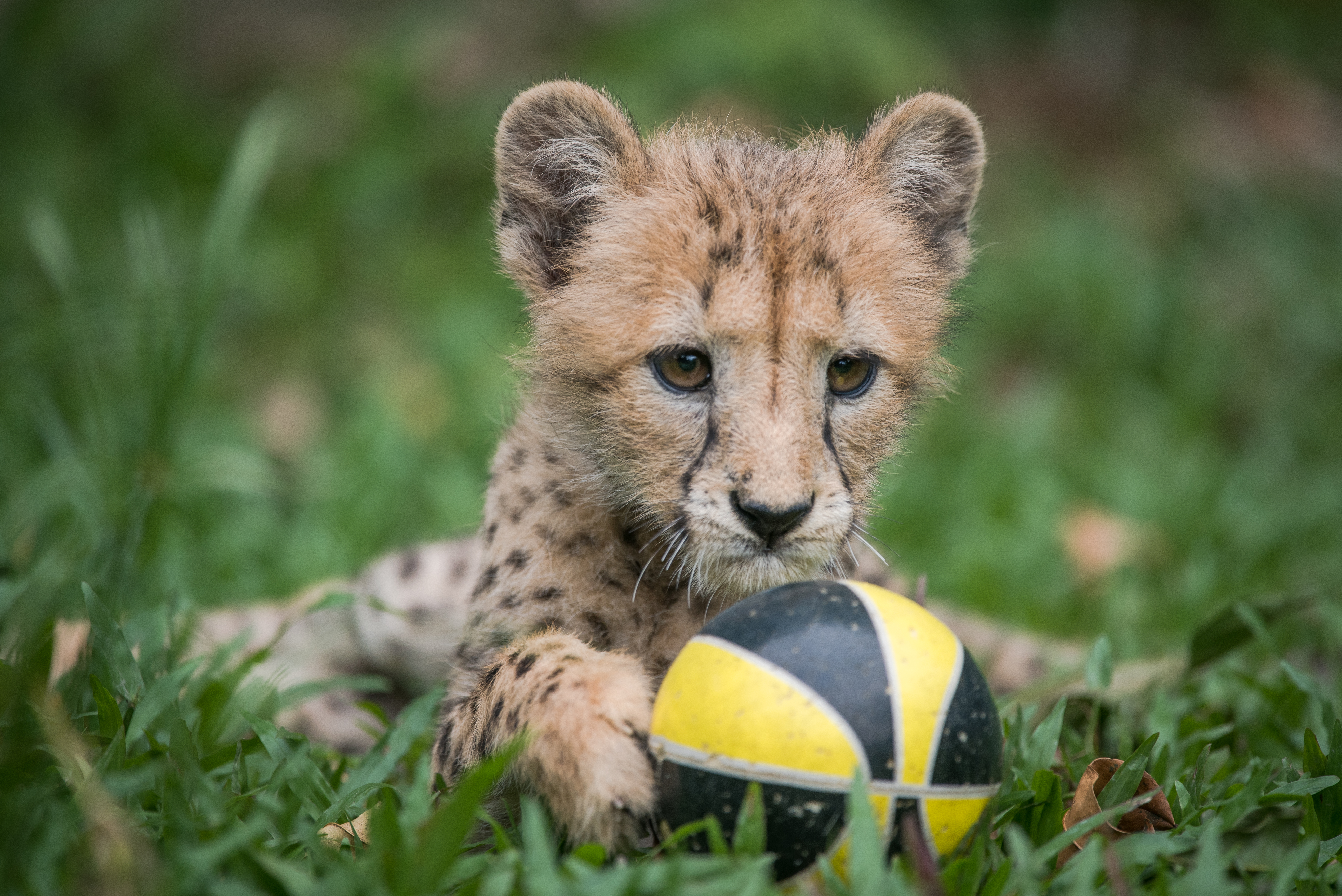 Photo courtesy of Wildlife Reserves Singapore
Photo courtesy of Wildlife Reserves Singapore
This is Deka. According to the WRS, she was abandoned by her inexperienced first-time mother. The "tear" marks on her face aren't from crying or feeling sad, but are actually a physical trait that helps to reflect the glare of the sun when hunting in the wild.
That said, Deka was weak and malnourished at first but recovered well under the care of vets and keepers in Singapore Zoo. Just look at her sprinting in this photo!
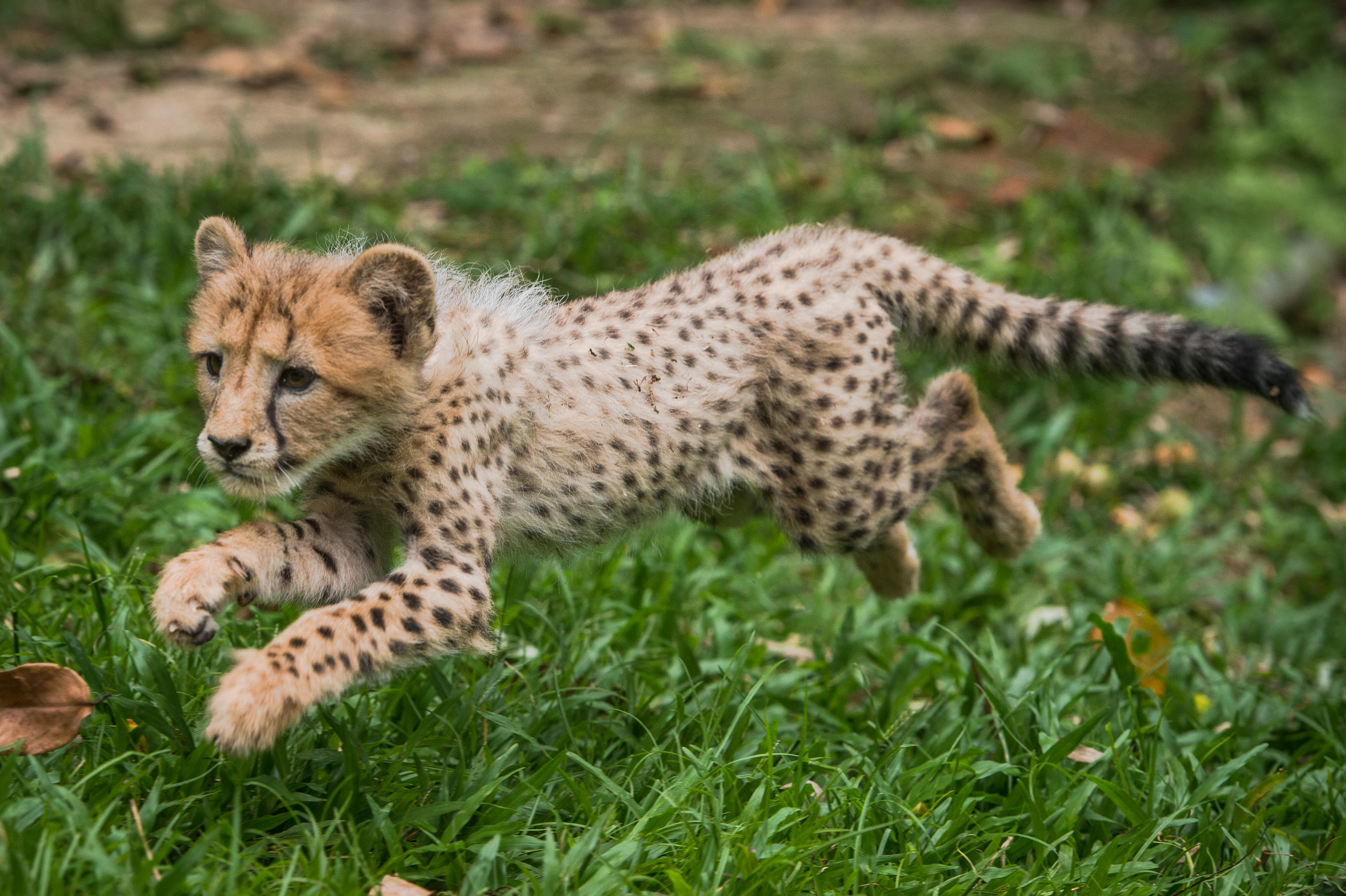 Photo courtesy of Wildlife Reserves Singapore
Photo courtesy of Wildlife Reserves Singapore
If you are wondering about the white fur on the cub's shoulders and back, it is a short mane on cheetah cubs that sheds as they grow. This mane helps the cubs to camouflage in tall grasses to hide from predators in the wild.
Despite this, most cheetah cubs don't survive their first year in the wild — little wonder that it was reportedlast year that there are only 7,100 cheetahs left in the wild. :(
2. Fennec Fox
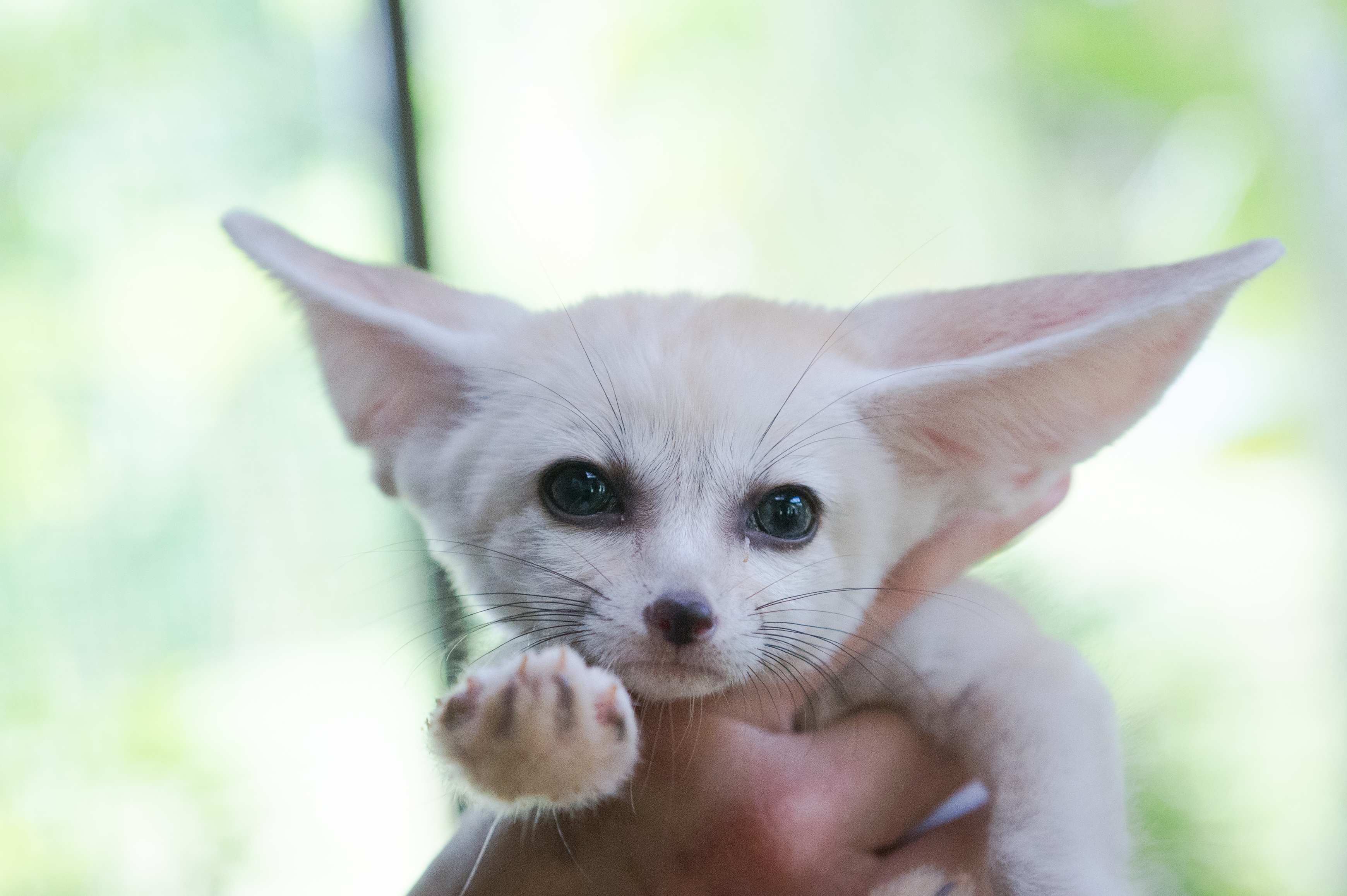 Photo courtesy of Wildlife Reserves Singapore
Photo courtesy of Wildlife Reserves Singapore
Fennec foxes are native to the Saharan desert, and their unusually large ears help to radiate their body heat and keep them cool.
Their adorable appearance, unfortunately, makes them a favourite for pet trade. The parents of the three kits were brought into the wildlife parks after being seized and confiscated by the AVA.
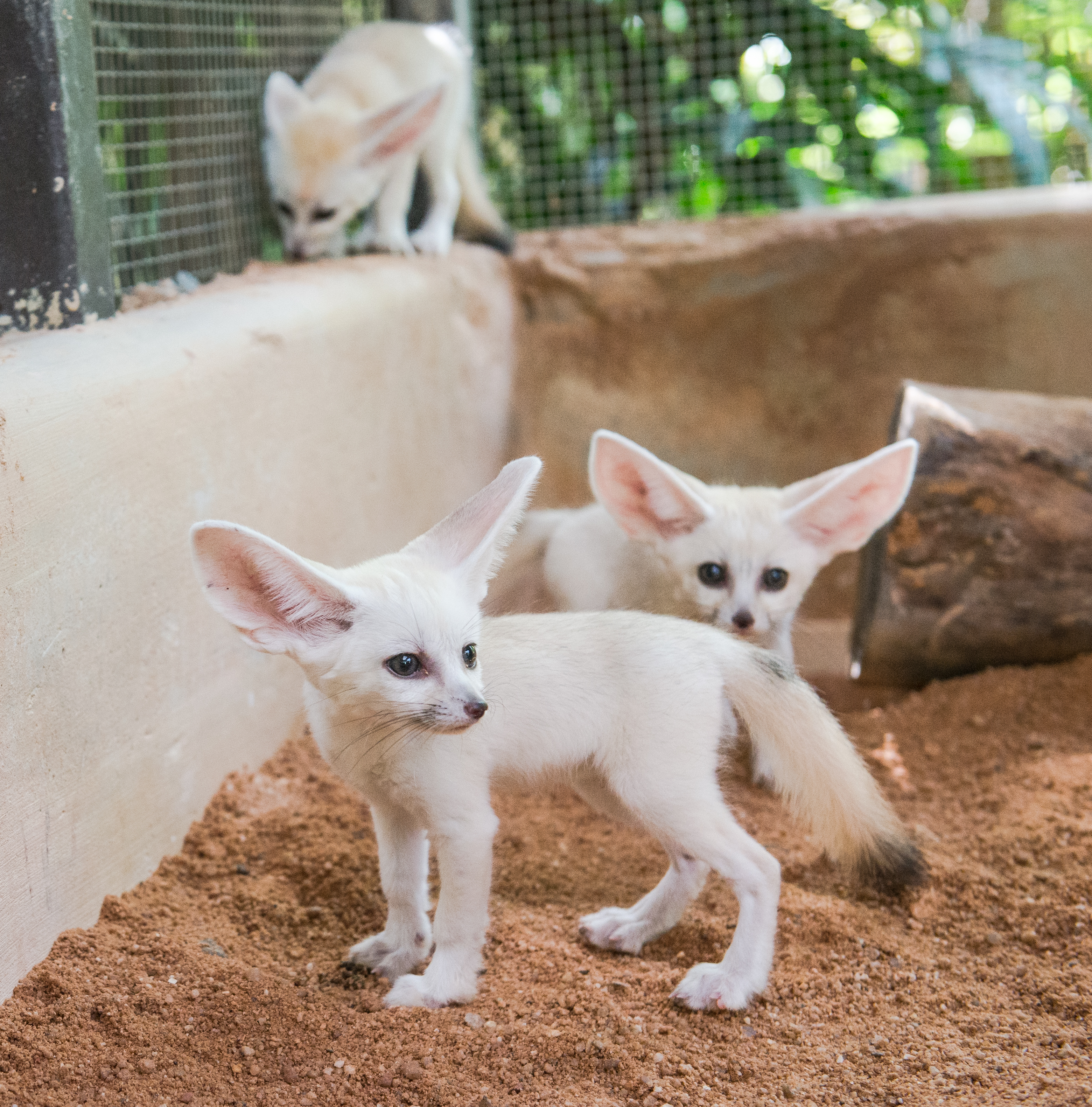 Photo courtesy of Wildlife Reserves Singapore
Photo courtesy of Wildlife Reserves Singapore
These three kits were born in November last year, but had to be hand-raised after sustaining minor injuries from mishandling by their mother. You can meet these cuties at the Night Safari.
3. Malayan Tapir
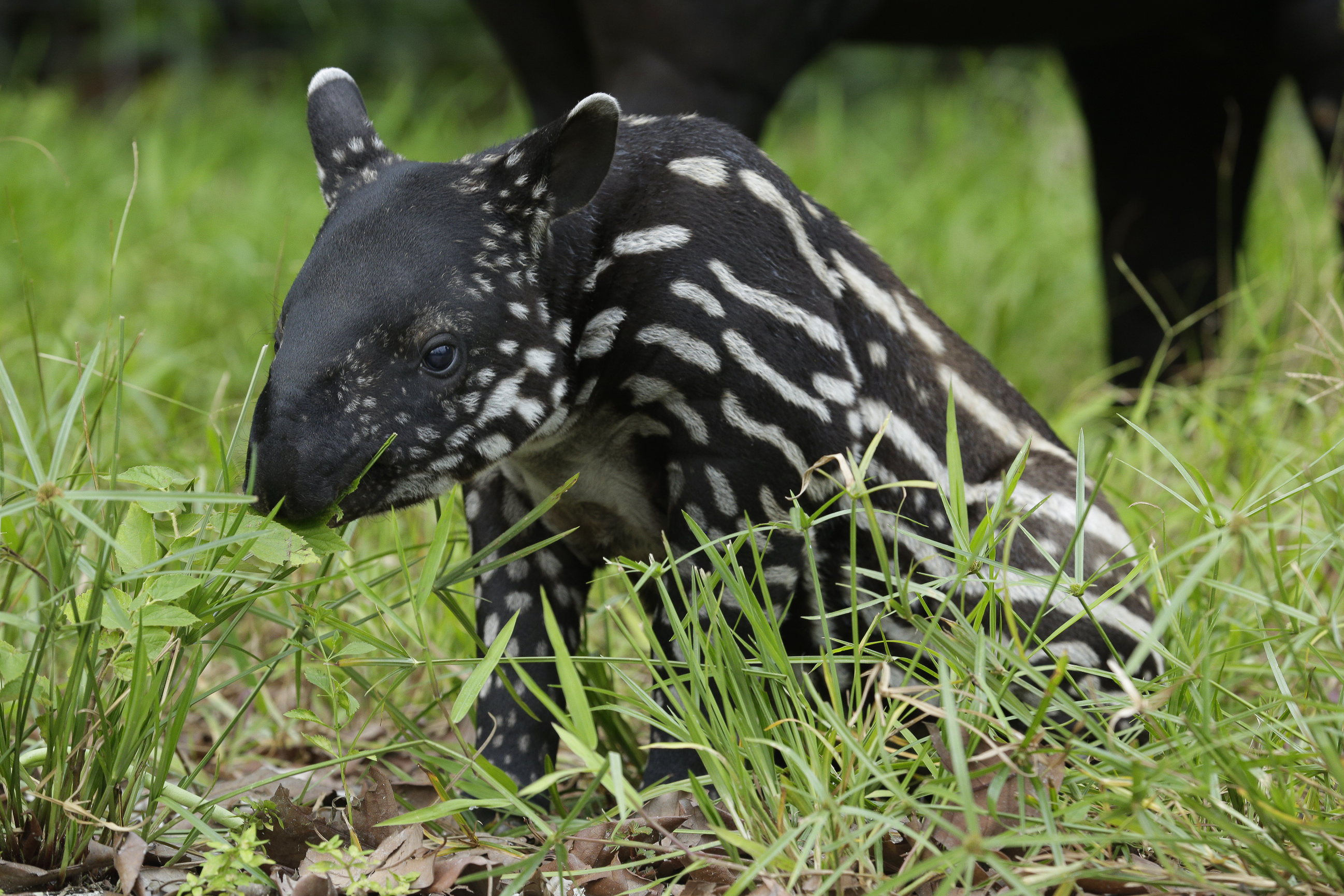 Photo courtesy of Wildlife Reserves Singapore
Photo courtesy of Wildlife Reserves Singapore
Young Malayan tapirs are coated in black with dappled white spots and stripes on their bodies before developing the distinct white patch that extends from its shoulders to its rear end. This calf was born just two months ago, in December :)
Native to Asia, wild Malayan tapirs are rarely seen in Singapore, if not extinct. The Malayan tapir spotted last year in Changi was likely to have come from southern Johor.
Despite looking kind of like wild boars with trunks, the Malayan tapirs are related to horses and rhinoceroses instead of pigs or elephants. These guys are also highly endangered with less than 2000 of them found in the wild, mainly as a result of deforestation.
4. Spotted Hyena
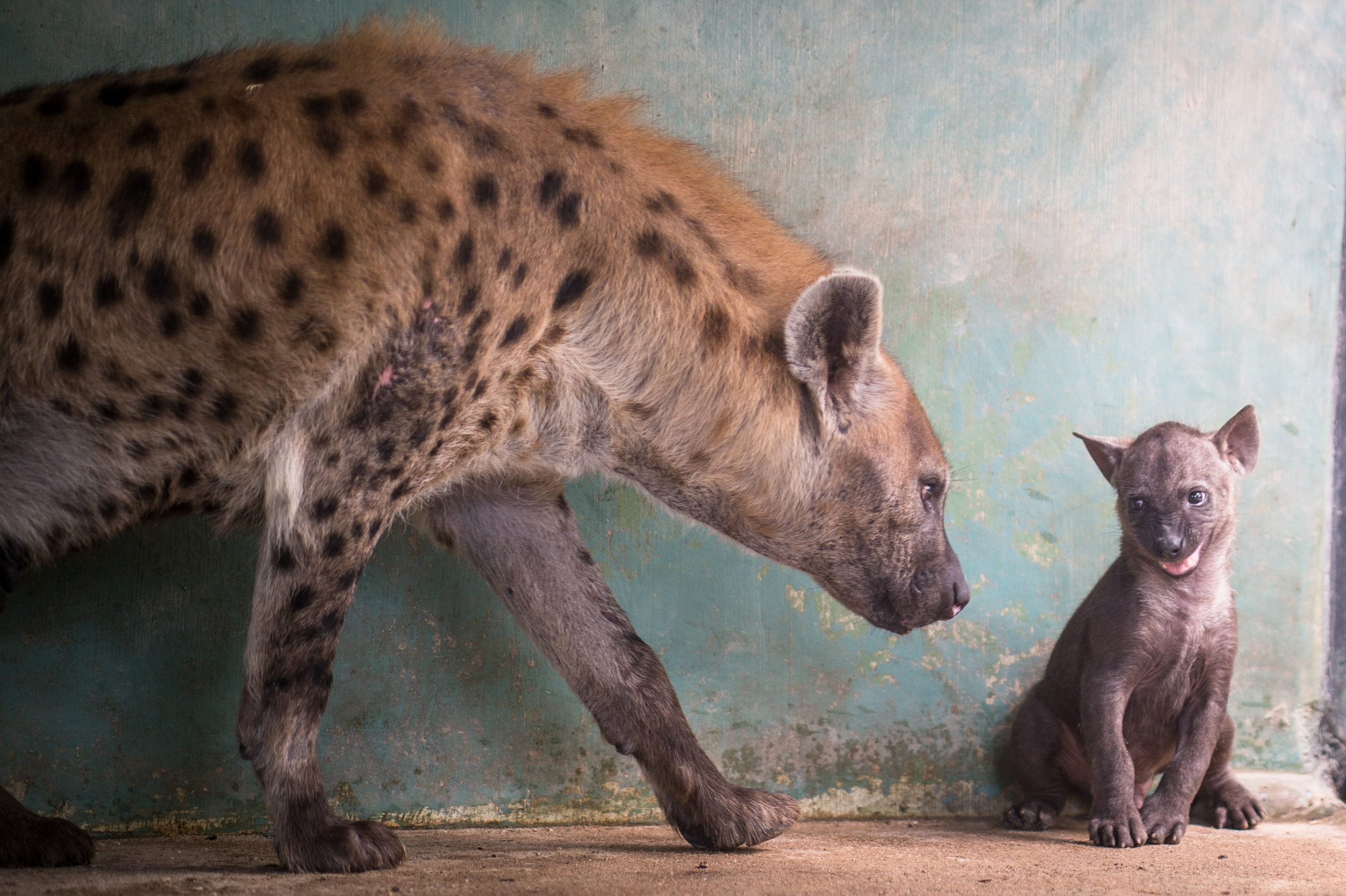 Photo courtesy of Wildlife Reserves Singapore
Photo courtesy of Wildlife Reserves Singapore
This cub of a spotted hyena named Dots was born in November last year, according to the WRS. Young spotted hyenas are born completely black or grey but will develop their characteristic spots in months.
5. Black-winged Starling
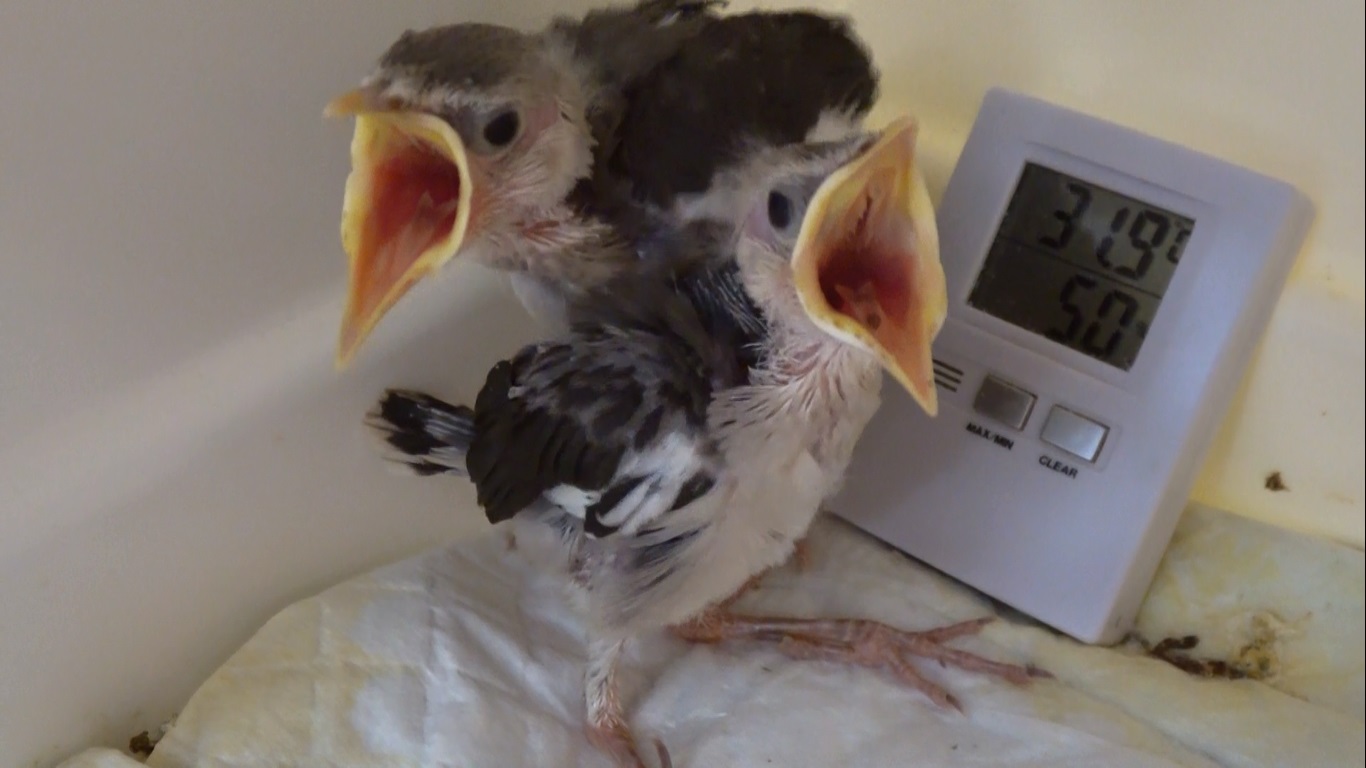 Photo courtesy of Wildlife Reserves Singapore
Photo courtesy of Wildlife Reserves Singapore
Here are two black-winged starling chicks waiting to be fed. The black-winged starlings are critically endangered and it is rare to see them even in their native ranges in Java and Bali.
Jurong Bird Park works closely with organisations like Begawan Foundation and Cikananga Conservation Breeding Centre in Indonesia, which are striving to safeguard a population of these rare birds, and hope to eventually reintroduce them to their native habitats.
6. Proboscis Monkey
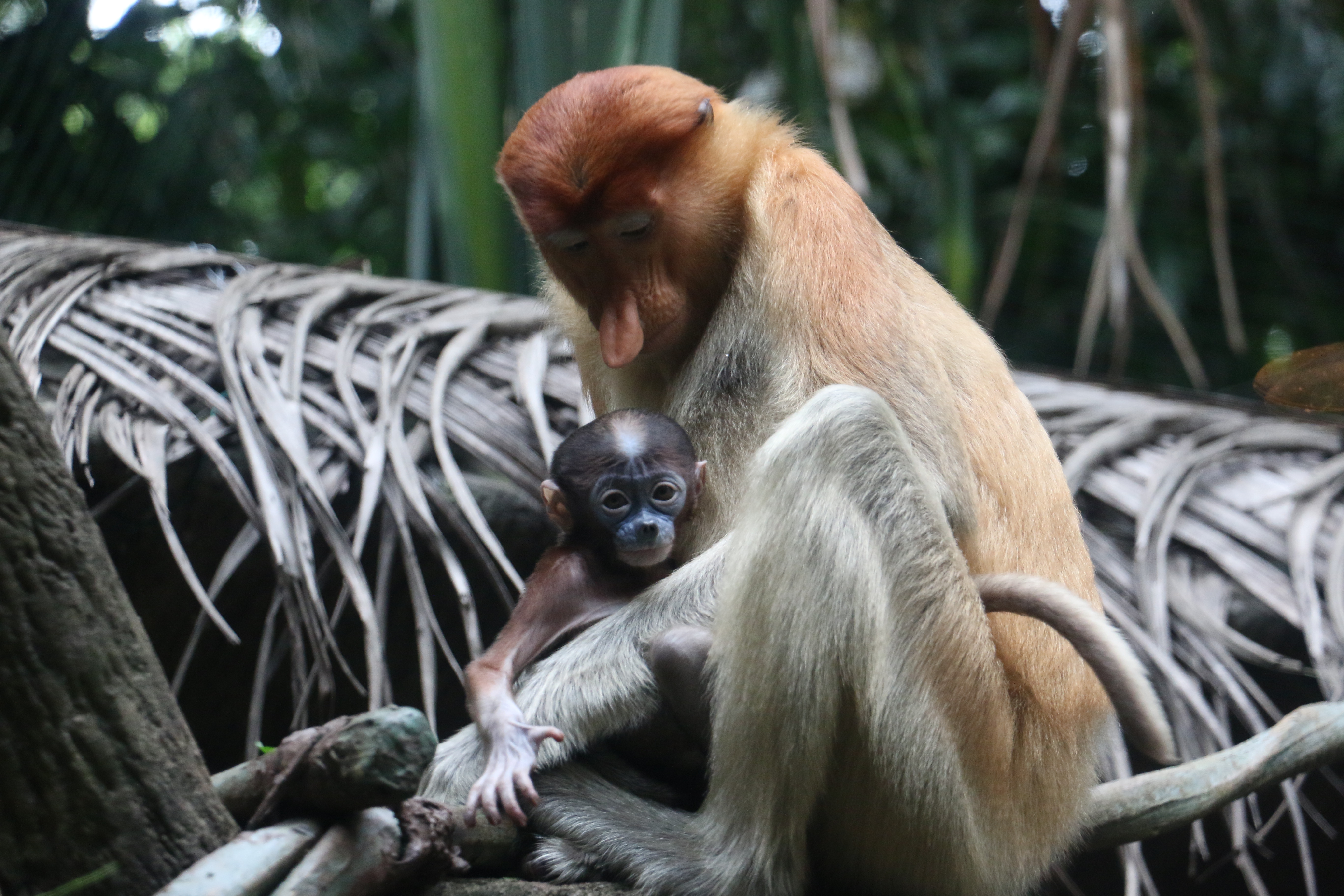 Photo courtesy of Wildlife Reserves Singapore
Photo courtesy of Wildlife Reserves Singapore
This shy-looking baby was born last April. In this photo, it hasn't yet developed the famous big nose and full grown hair that it will need to find a partner in the future.
Proboscis monkeys also have a distinctive blue face at infancy, as you can see. This baby is Singapore Zoo’s 30th successful birth of the endangered primate species since 1999. The Proboscis monkeys are endemic to the islands of Borneo and are now endangered due to massive deforestation.
7. Red-footed Tortoise
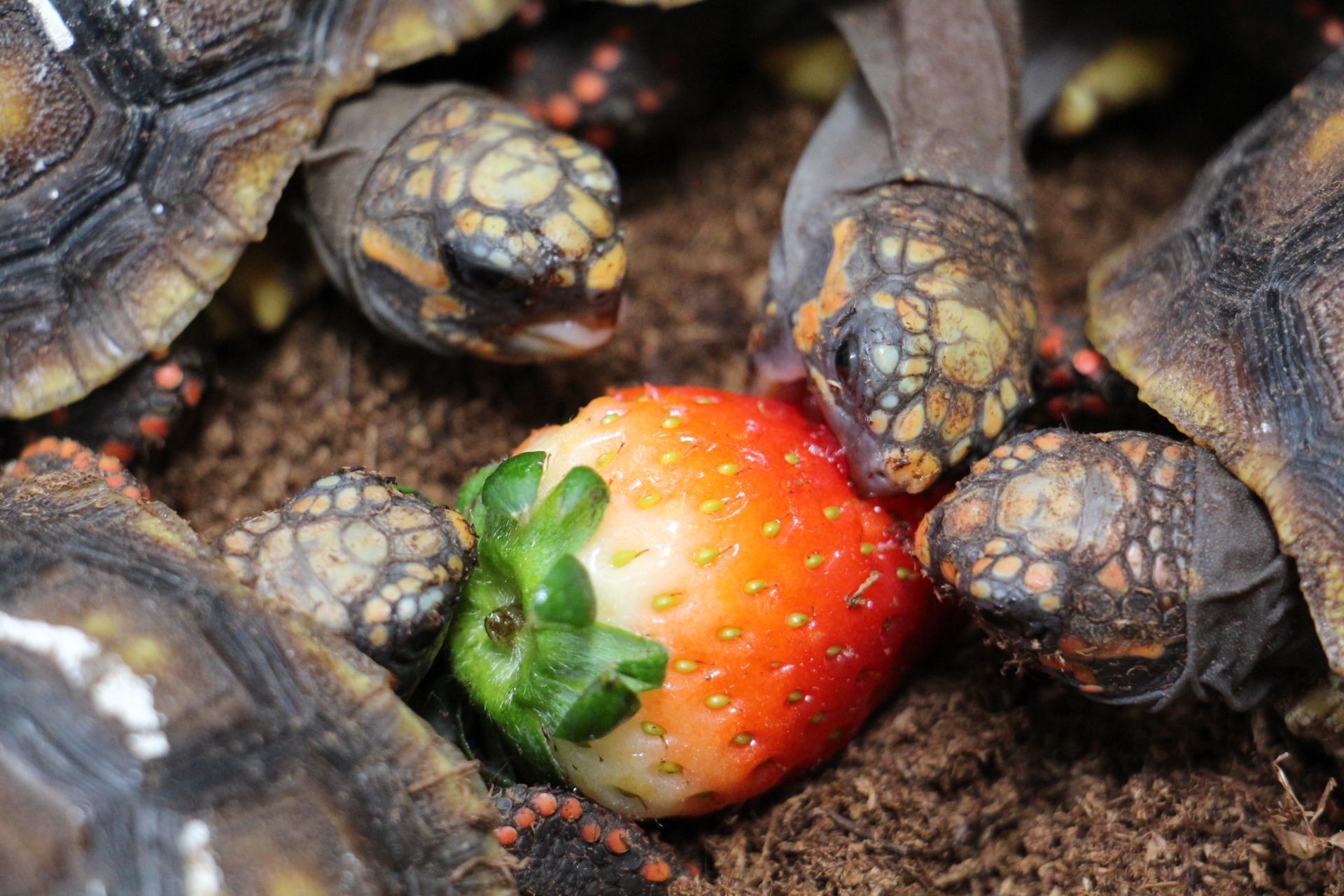 Photo courtesy of Wildlife Reserves Singapore
Photo courtesy of Wildlife Reserves Singapore
These babies lead a pretty good life at the Singapore Zoo — munching on strawberries as their treat.
Nine babies were hatched in July last year. Named for the bright red dotted scales on their limbs, many red-footed tortoises may not be as lucky as these as they are often poached for meat and the exploitative pet trade.
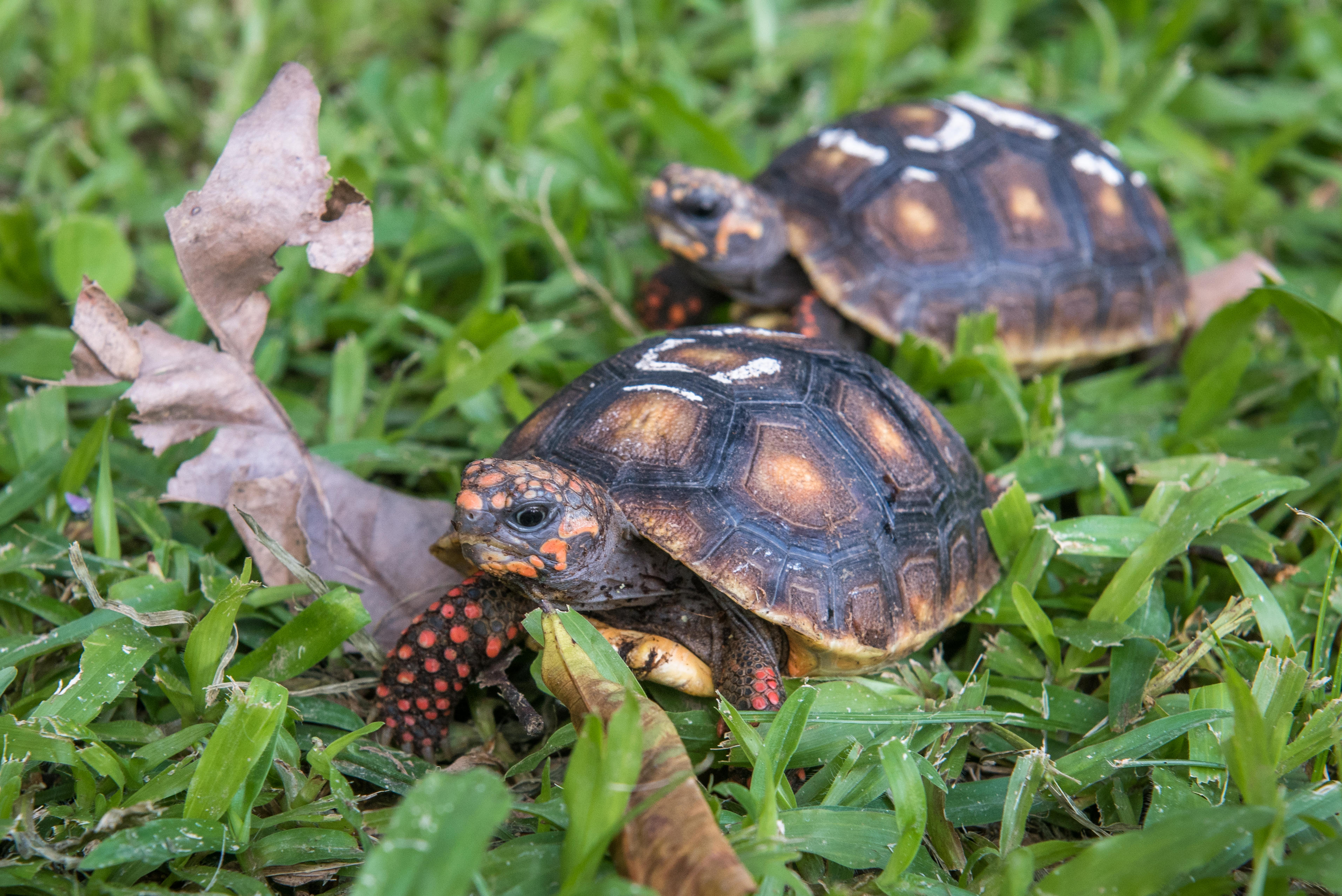 Photo courtesy of Wildlife Reserves Singapore
Photo courtesy of Wildlife Reserves Singapore
8. Sunda Pangolin
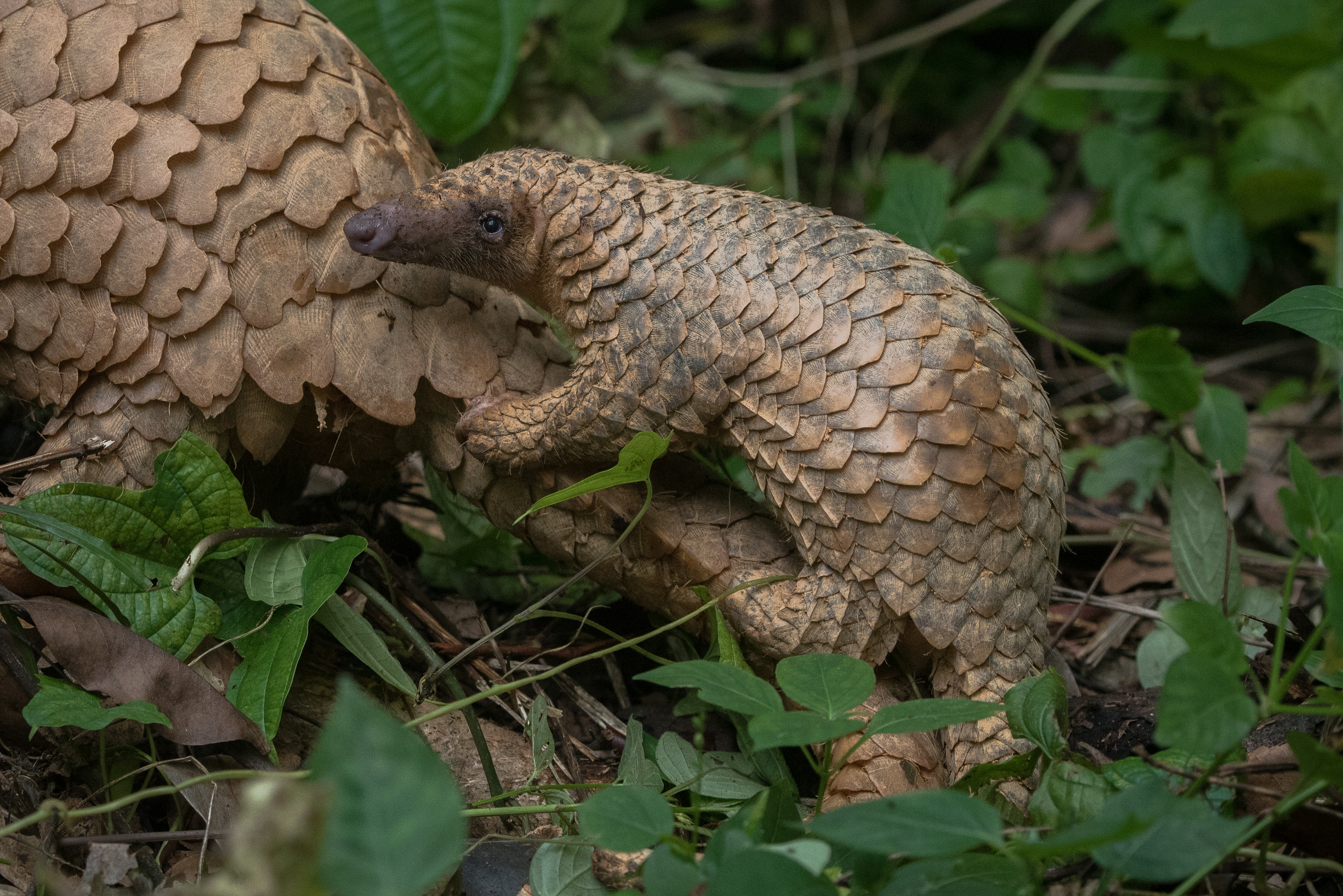 Photo courtesy of Wildlife Reserves Singapore
Photo courtesy of Wildlife Reserves Singapore
This is Serai, who was born in October last year.
Sunda pangolins are a critically endangered species. They are also the world’s most trafficked mammal, poached for its meat and scales even though the scales are made of keratin, just like our nails and hair. You can find them in some nature areas in Singapore and they may wander to residential areas from nearby woods at times.
Remember the one who took a stroll at the NUS campus last year? Being slow moving, they are also occasionally found to be injured or killed on the road by vehicles.
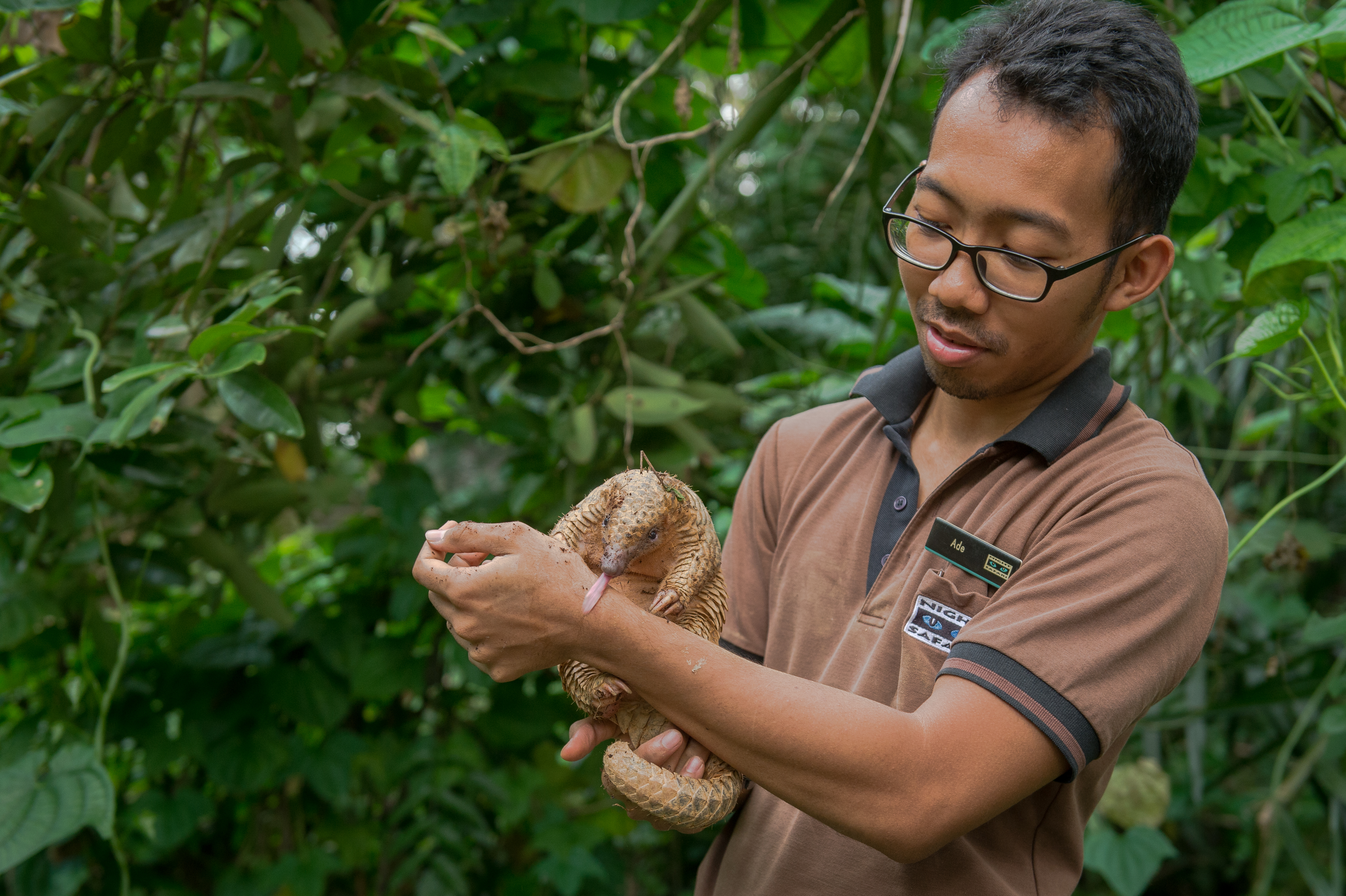 Photo courtesy of Wildlife Reserves Singapore
Photo courtesy of Wildlife Reserves Singapore
This cheeky-looking fellow does bear striking similarity to Sandshrew or Sandslash, doesn't he?
9. Crowned Pigeon
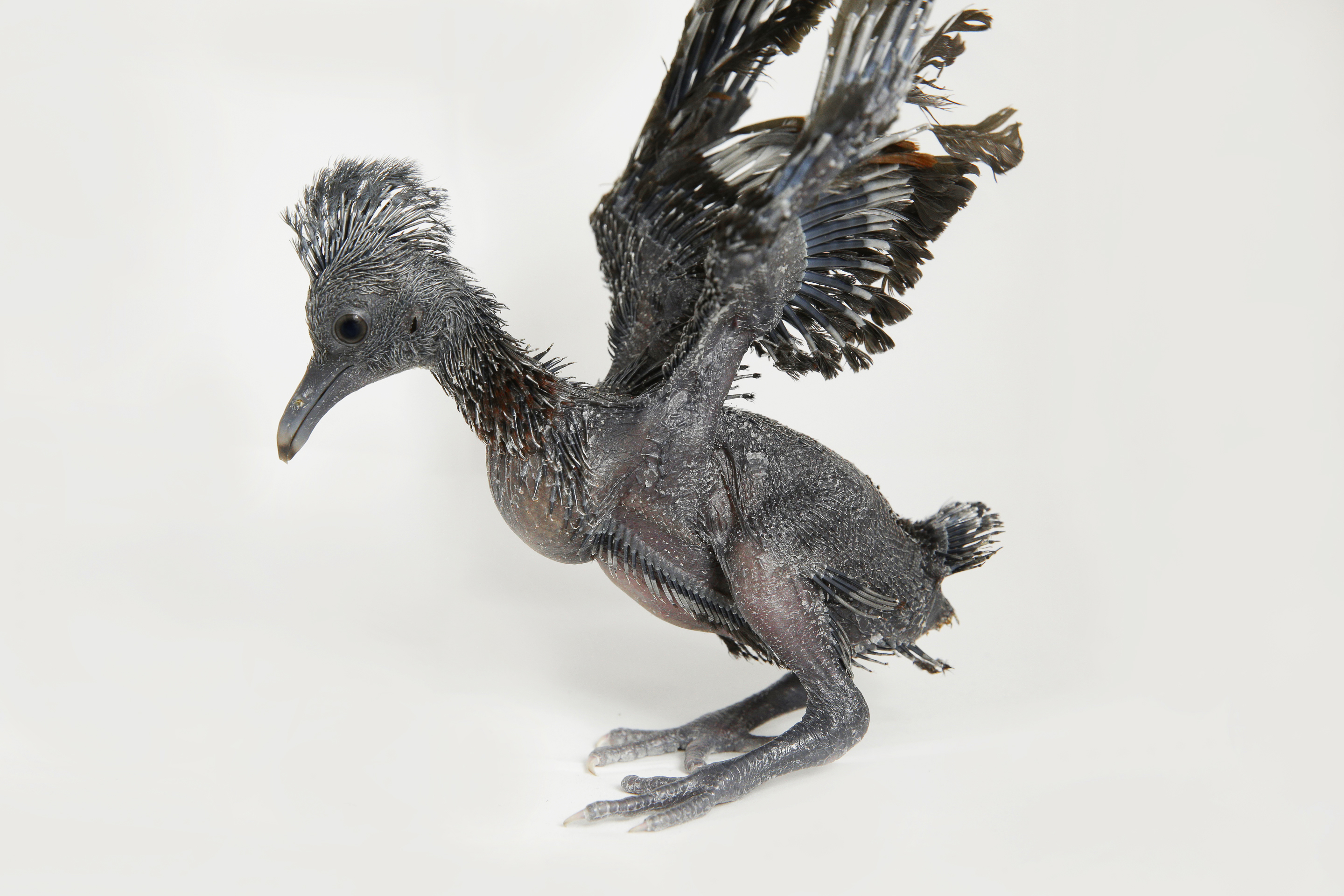 Photo courtesy of Wildlife Reserves Singapore
Photo courtesy of Wildlife Reserves Singapore
This is a Victorian crowned pigeon nestling stretching its wings. Coated in metallic dark grey feathers, the nestling looks quite different from its large blue coated and crested parents.
Here's how a Victorian crowned pigeon looks like and its unique call that sounds like the heart's beating rhythm:
" frameborder="0" allowfullscreen>
10. Black Howler Monkey
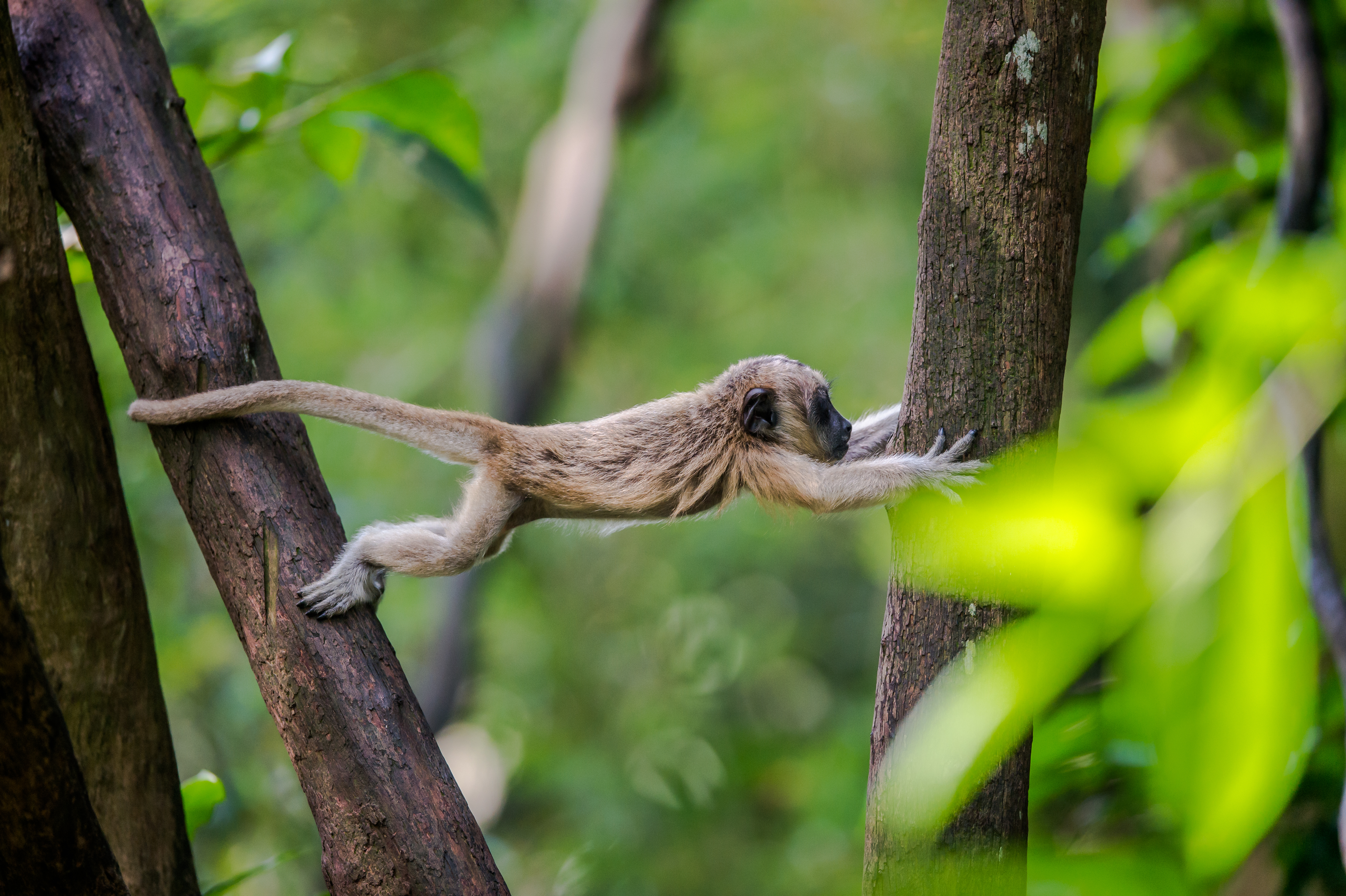 Photo courtesy of Wildlife Reserves Singapore
Photo courtesy of Wildlife Reserves Singapore
Check out this young Black Howler monkey taking its first brave steps in the tree top exhibit in Singapore Zoo. Despite its name, only the adult males are coated in black while their young and female counterparts are actually white or yellowish. As the name suggests, you should definitely listen to their distinctive calls:
" frameborder="0" allowfullscreen>
With their long gripping tail, the Howler monkeys rarely descend to the ground so you'd probably find them looking down at you just like this:
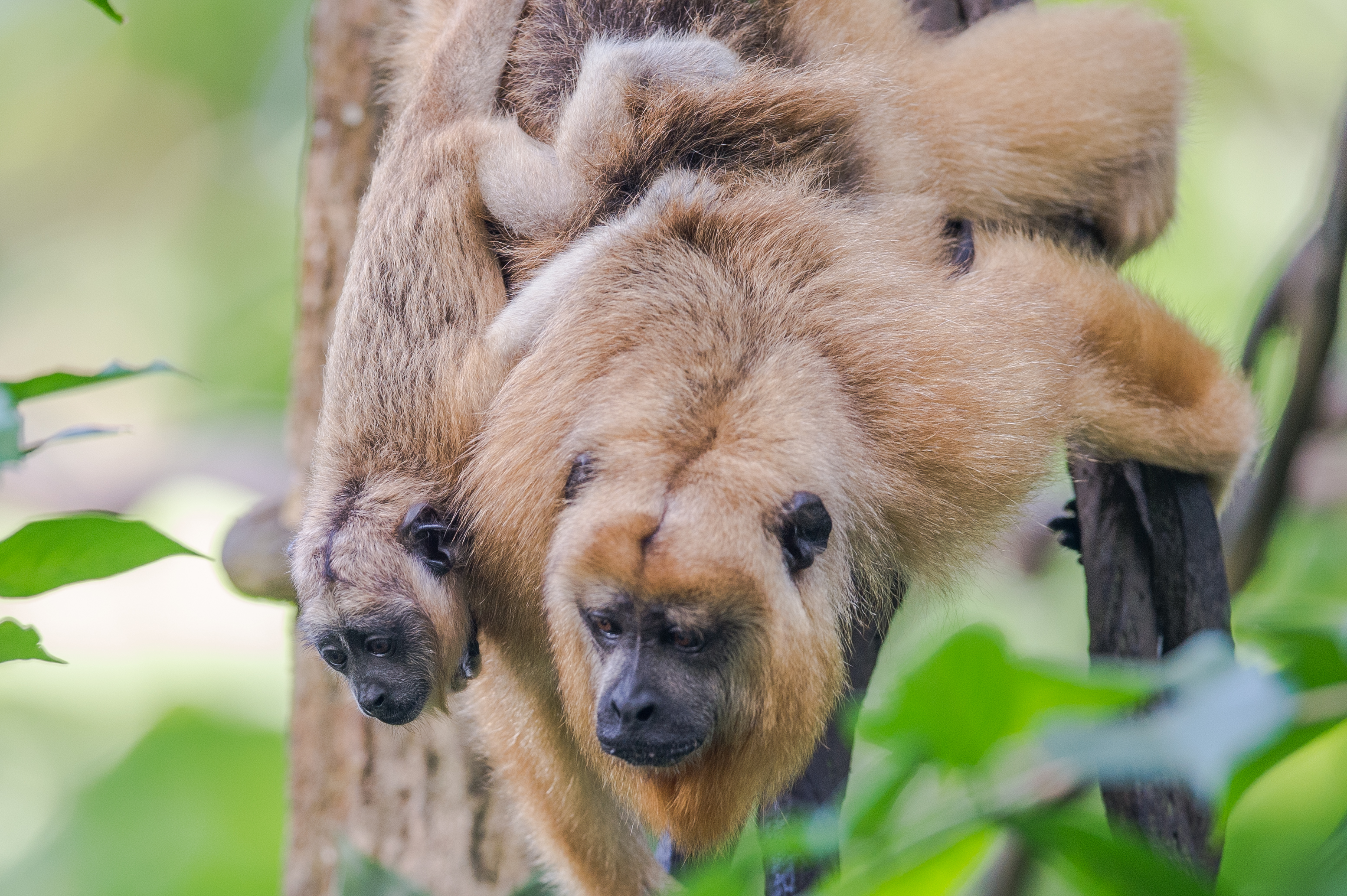 Photo courtesy of Wildlife Reserves Singapore
Photo courtesy of Wildlife Reserves Singapore
Check them all out in action in this video put together by WRS:
Top photo collage from Wildlife Reserves Singapore
Related articles:
6 times wild animals got lost in S’pore’s concrete jungle
If you like what you read, follow us on Facebook and Twitter to get the latest updates.
If you like what you read, follow us on Facebook, Instagram, Twitter and Telegram to get the latest updates.
